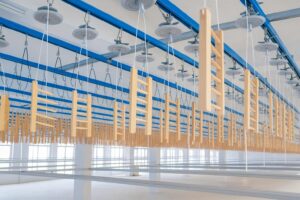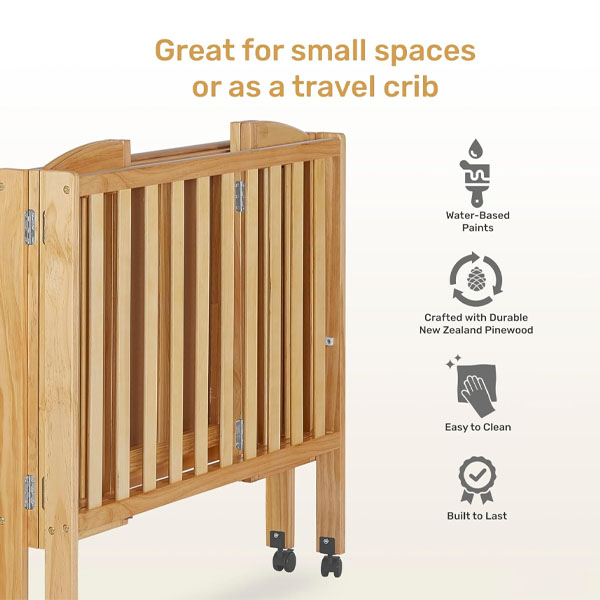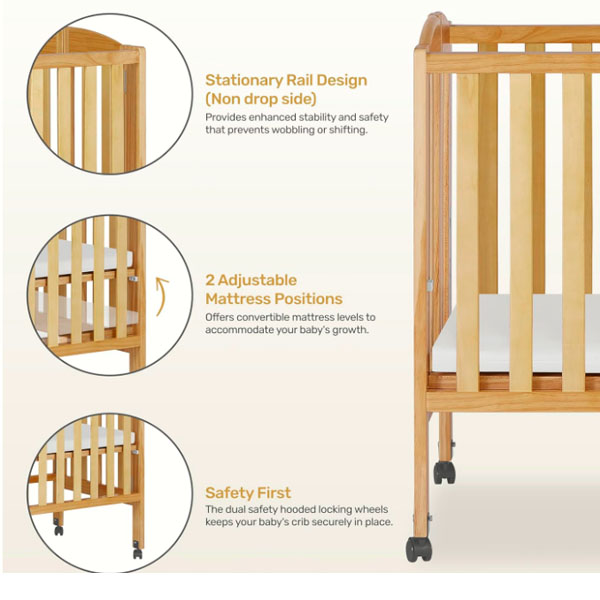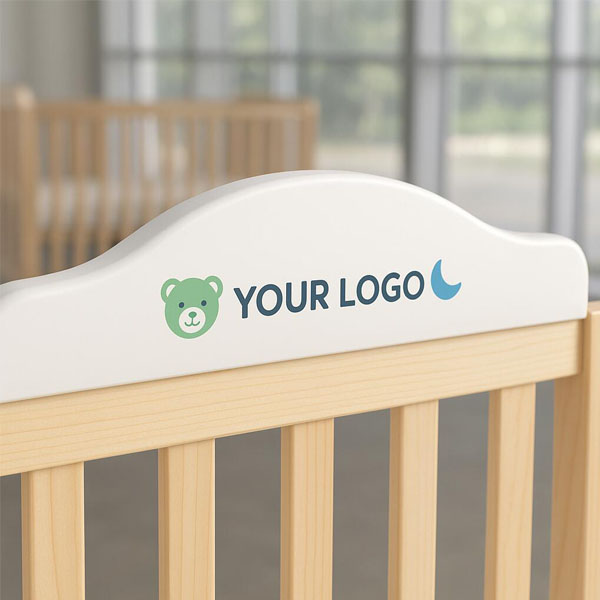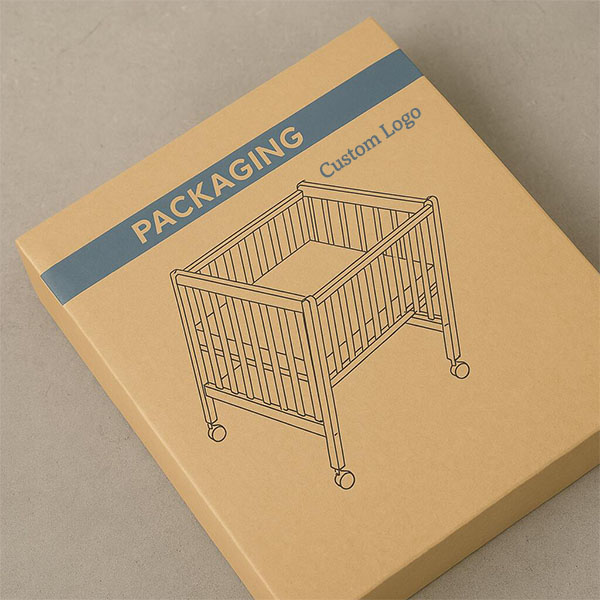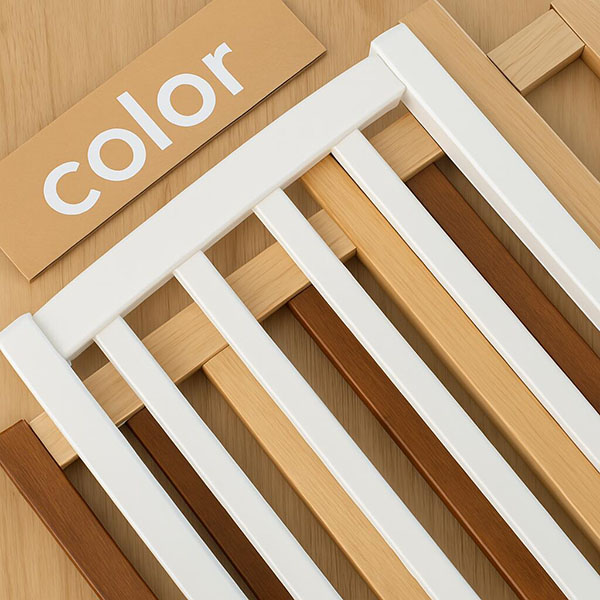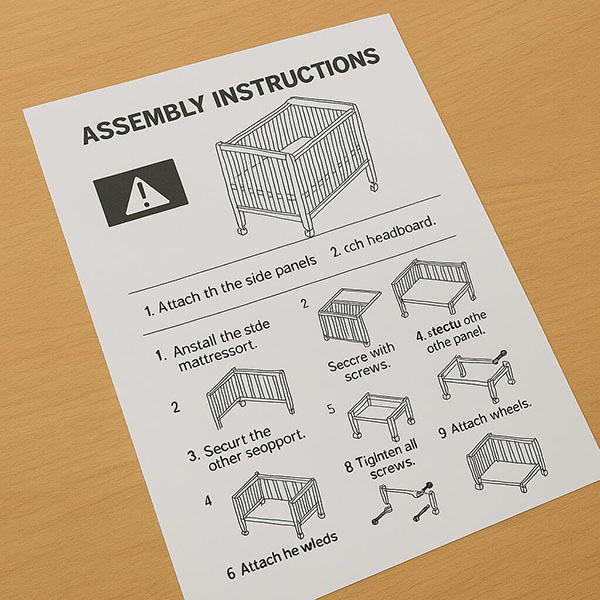Are wooden cribs safe for babies?
New parents worry about everything—including the safety of where their baby sleeps. Wooden cribs look classic, but are they actually safe for fragile newborns?
Yes, wooden cribs are safe for babies if they meet current safety standards. They must use non-toxic finishes, sturdy slats, and follow spacing regulations. Older or secondhand cribs may pose risks.
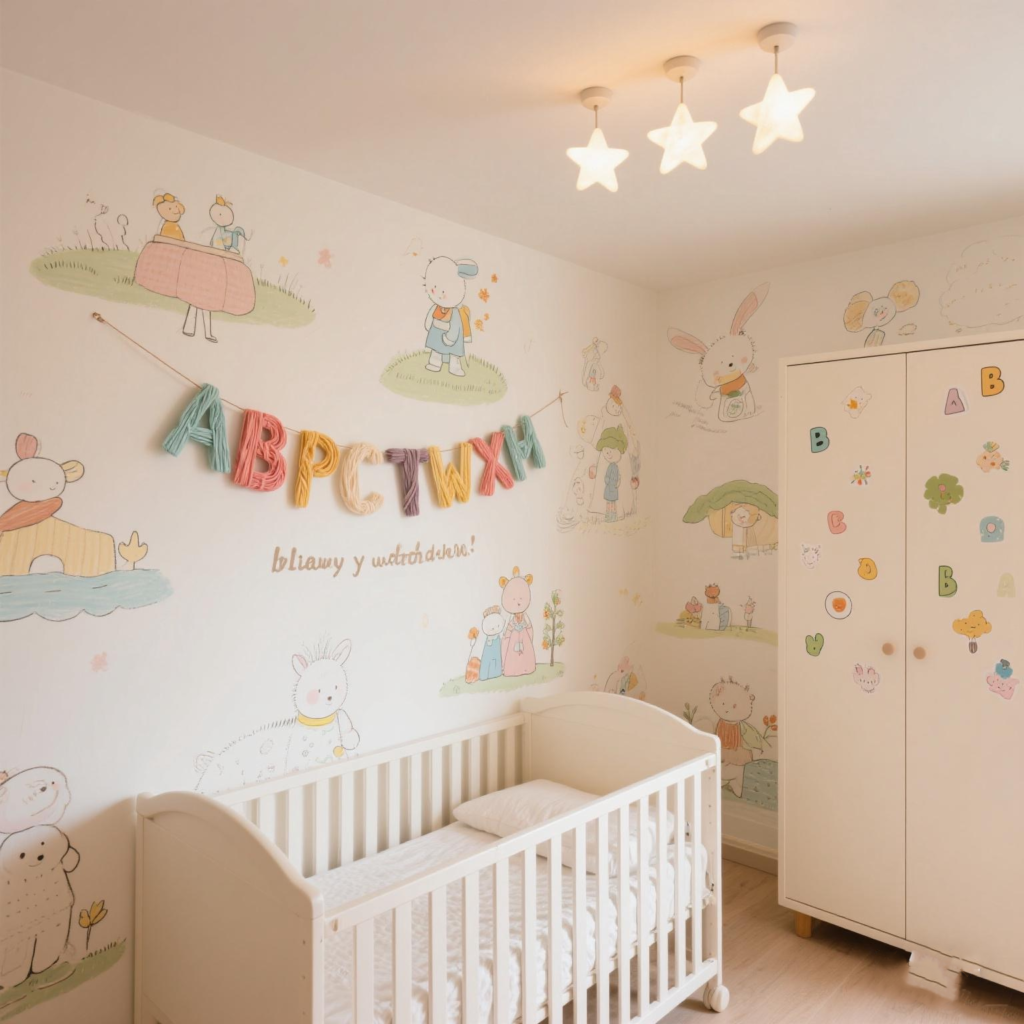
Wooden cribs are still one of the most popular sleep options for babies. But not all wooden cribs are equal. Let’s break down what makes one safe—and what could make it dangerous.
What safety standards should a wooden crib meet?
Outdated designs can be beautiful but deadly.
Cribs should meet the latest ASTM and CPSC standards and have no drop-side rails. Slats must be less than 2 3/8 inches apart.

Check manufacturing date and certification
Cribs sold in the U.S. after June 2011 must follow the most recent federal safety rules. This includes fixed sides (no drop sides), stronger hardware, and safe spacing. Always look for a JPMA certification sticker. It’s an easy way to confirm the crib passed independent safety testing.
If you’re looking at a hand-me-down or vintage crib, it might not meet any of these rules. Even if it looks solid, it might have peeling paint, loose joints, or gaps that can trap a baby’s head. I once considered using my family’s heirloom crib but backed out after seeing how far apart the slats were. Better safe than sorry.
| Feature | Must-Have Standard | Avoid If… |
|---|---|---|
| Slat Spacing | < 2 3/8" (6 cm) apart | Wider than a soda can width |
| Corner Posts | Flush with top rail | Higher than 1/16 inch |
| Mattress Fit | Snug (no gaps) | You can fit 2 fingers in gap |
Confirm finish and materials are non-toxic
It’s not just about structure—it’s about what’s on the wood too. Babies chew on crib rails. Make sure the crib uses lead-free, phthalate-free, and low-VOC finishes. Most modern cribs are painted with safe lacquers, but always double-check product descriptions or call the manufacturer if you’re unsure.
I also avoided cribs made of particleboard or MDF since they can emit formaldehyde. Solid hardwood is my go-to—it’s durable, safe, and doesn’t off-gas harmful chemicals. Birch, oak, and beech are all great options.
Can used wooden cribs be dangerous?
Used doesn’t always mean safe—especially for baby gear.
Yes, secondhand wooden cribs may be unsafe if they don’t meet modern standards or show signs of wear, damage, or loose parts.
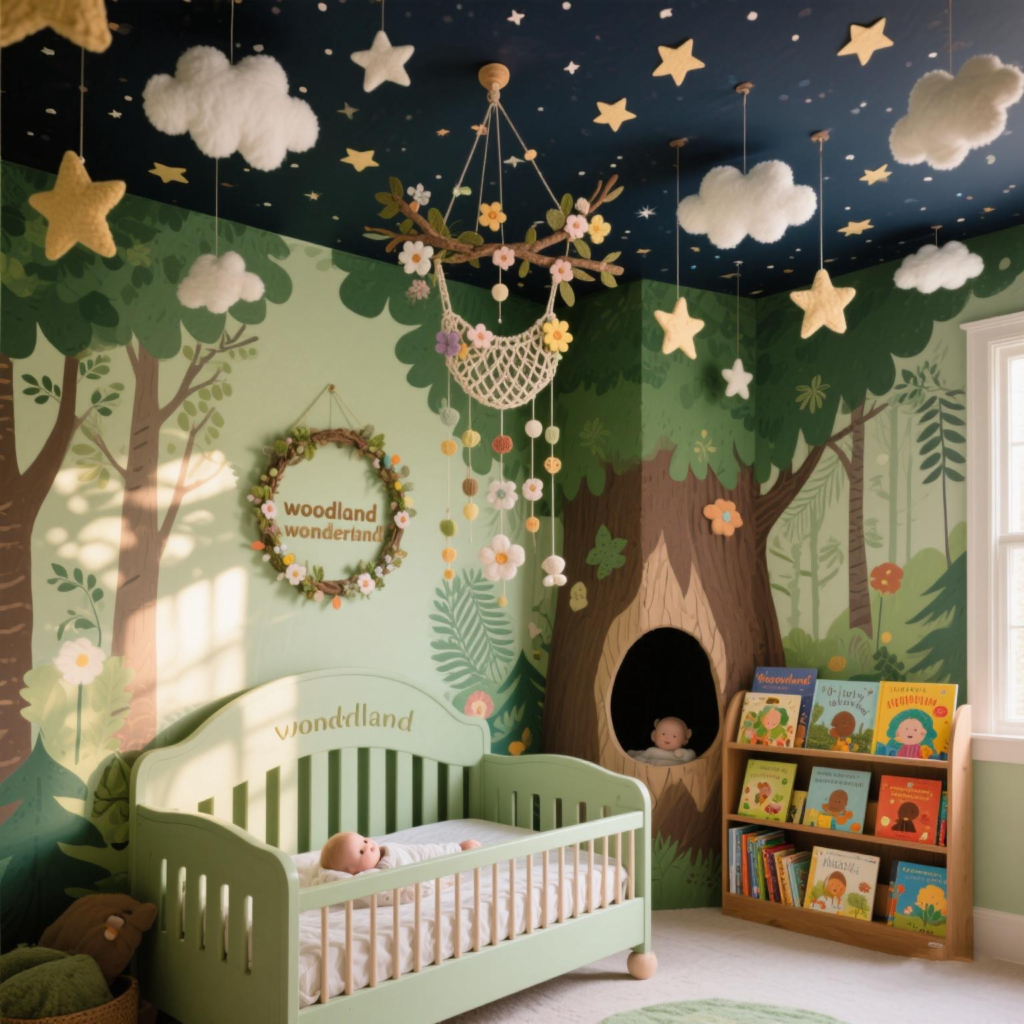
Risks of older models
A crib passed down from a cousin or found at a yard sale may seem like a money-saver. But these can hide serious issues—especially if made before 2011. Drop-side designs were banned for a reason: they’ve been linked to dozens of infant deaths. Plus, older screws and joints may be worn out.
I remember assembling a secondhand crib I bought online, only to find that one bolt didn’t tighten. The entire side wobbled. I didn’t take the risk—returned it and bought new.
You also need to avoid any crib with missing labels. Without model or manufacture details, you can’t look up recalls or safety reports.
Refurbishing doesn’t guarantee safety
Some people repaint or refinish old wooden cribs, hoping to breathe new life into them. But sanding or repainting can expose your baby to toxic dust or chemicals—especially if the original finish contained lead.
Also, reassembled parts may not be as tight as the original build. Even with new screws, I’d be hesitant to trust a DIY repair job for something as critical as sleep safety.
Is wood better than metal or plastic cribs?
Parents often ask if the crib material matters beyond looks.
Yes, wood is often safer and more durable than plastic. It’s more stable and less likely to crack or deform over time.
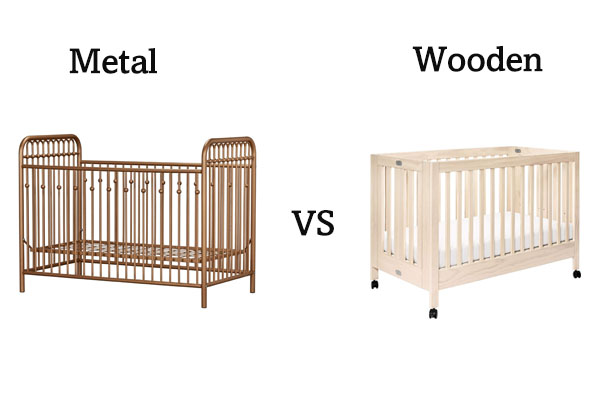
Wooden cribs offer strong structure
Solid wood cribs usually last through multiple kids. They feel sturdy, don’t rattle, and tend to hold up better during teething or kicking. Plastic cribs, while lightweight, can warp over time. They also tend to get scratched more easily.
Wood absorbs impact better too. When my son started rolling and kicking in his sleep, the wooden crib absorbed the movement without sliding or creaking. That gave me peace of mind.
Metal cribs can also be sturdy, but sometimes they have hard edges or exposed welds that need padding. Plus, many metal models are heavier and harder to move.
| Crib Material | Strength | Safety | Weight | Lifespan |
|---|---|---|---|---|
| Wood | High | High | Medium | Long |
| Plastic | Low | Medium | Light | Short |
| Metal | High | Medium | Heavy | Long |
Style vs function
Some parents pick based on looks—and wooden cribs usually win that contest. They match most nurseries, come in many stains, and feel warm and homey. Just make sure the style doesn’t come at the cost of safety. No decorative cutouts or scrollwork near where a baby’s head or limbs could get stuck.
How can I make sure a wooden crib stays safe?
It’s not just buying a safe crib—it’s maintaining it right.
Check crib hardware weekly, ensure tight screws, and avoid using bumpers or extra bedding. Keep it away from windows or cords.
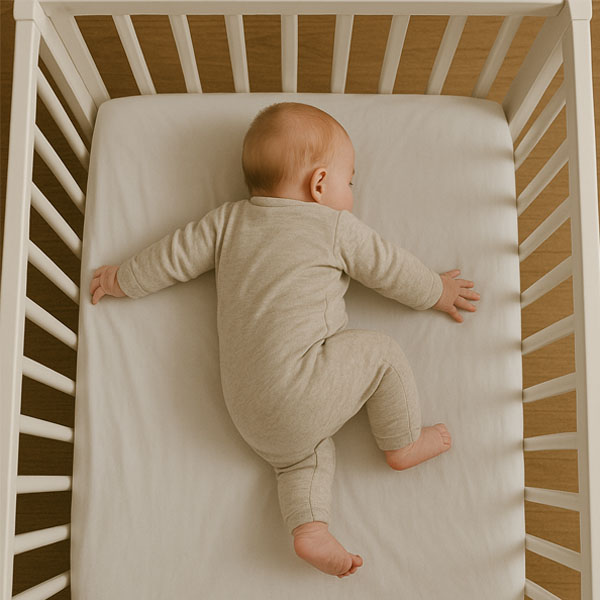
Regular safety checks
Babies grow fast—and they’re strong. Over time, a crib’s joints or hardware may loosen. I made it a weekly habit to check the screws and tighten any that felt loose. Especially once our baby started standing and shaking the rails!
Also, watch for bite marks or worn spots on the rails. If you notice exposed wood or splinters, cover it with a crib rail protector or use a baby-safe touch-up product.
Proper crib setup
Skip the cute extras like pillows, bumpers, or heavy blankets. They’re not just unnecessary—they’re unsafe. Babies can smother on anything soft in the crib. Stick to a firm mattress with a fitted sheet.
Keep the crib away from windows, blinds, or anything a curious baby could grab. I learned this the hard way when my son somehow pulled on the edge of a curtain. Luckily, I caught it early.
Conclusion
Yes, wooden cribs are safe for babies—as long as they follow modern safety rules and are well-maintained.

